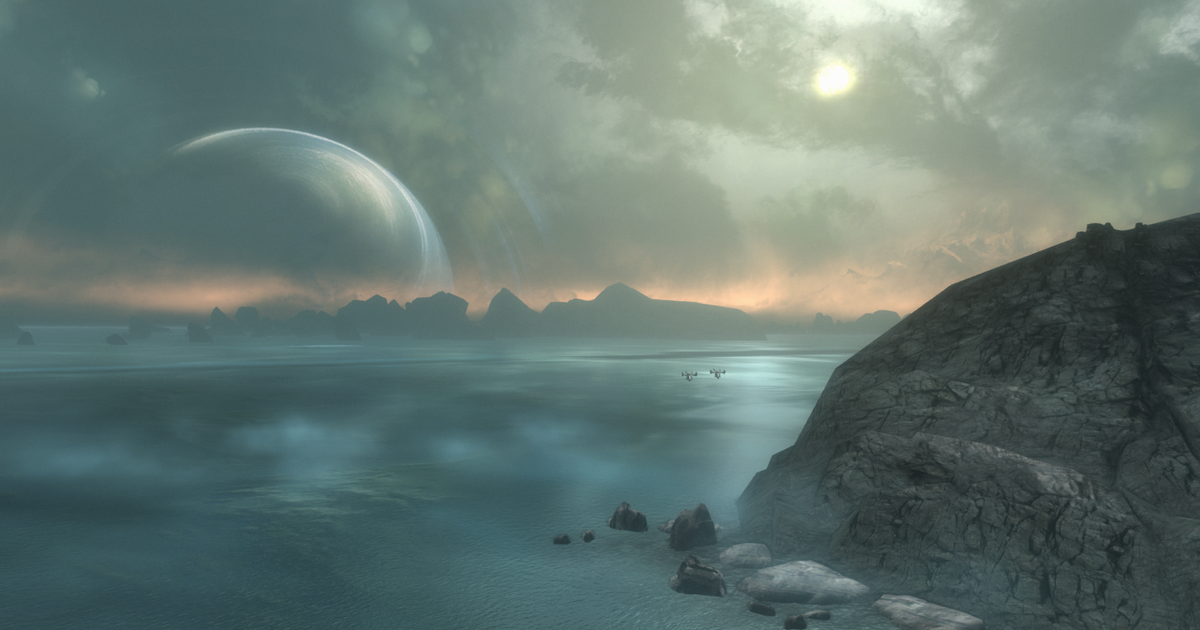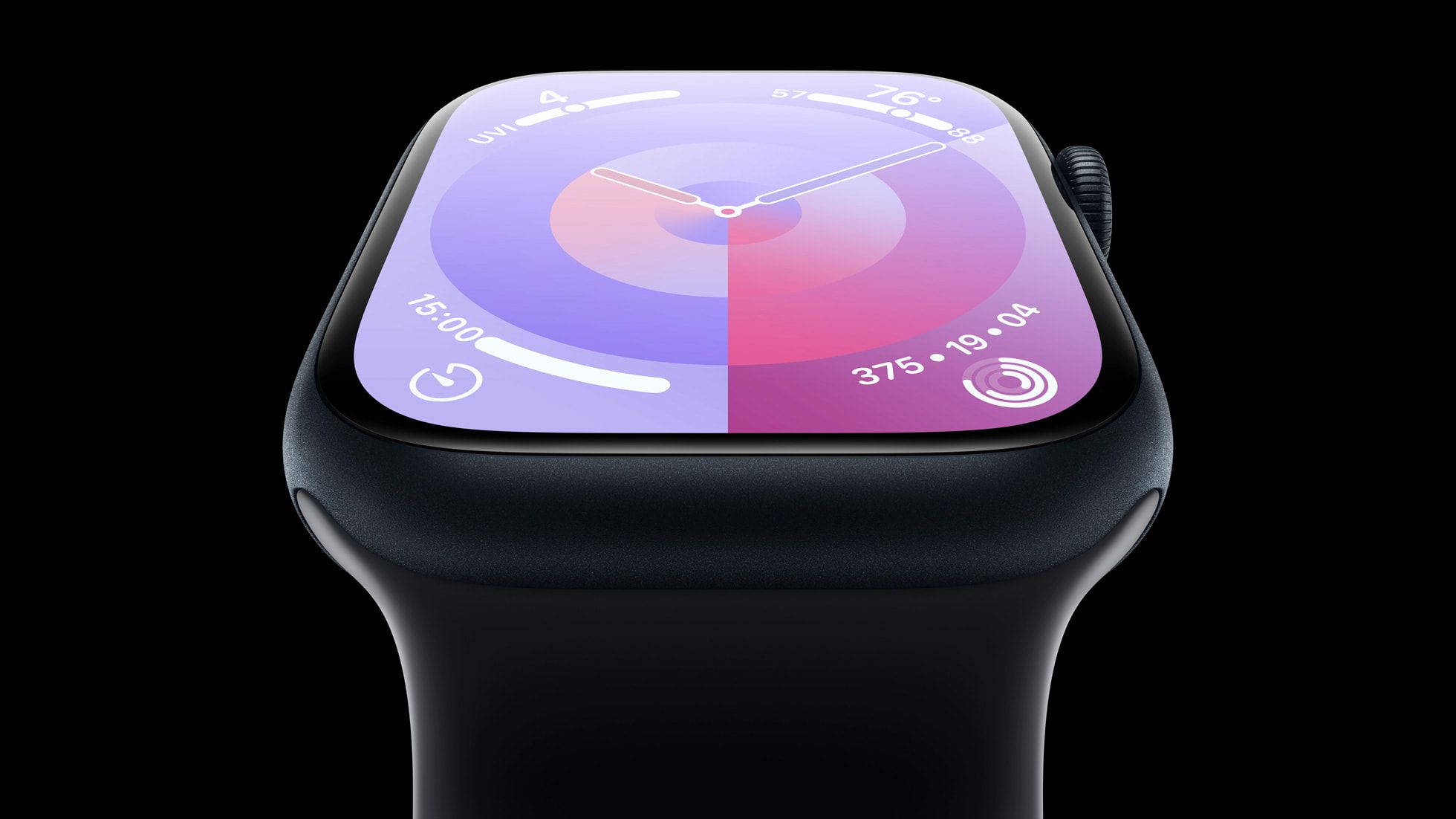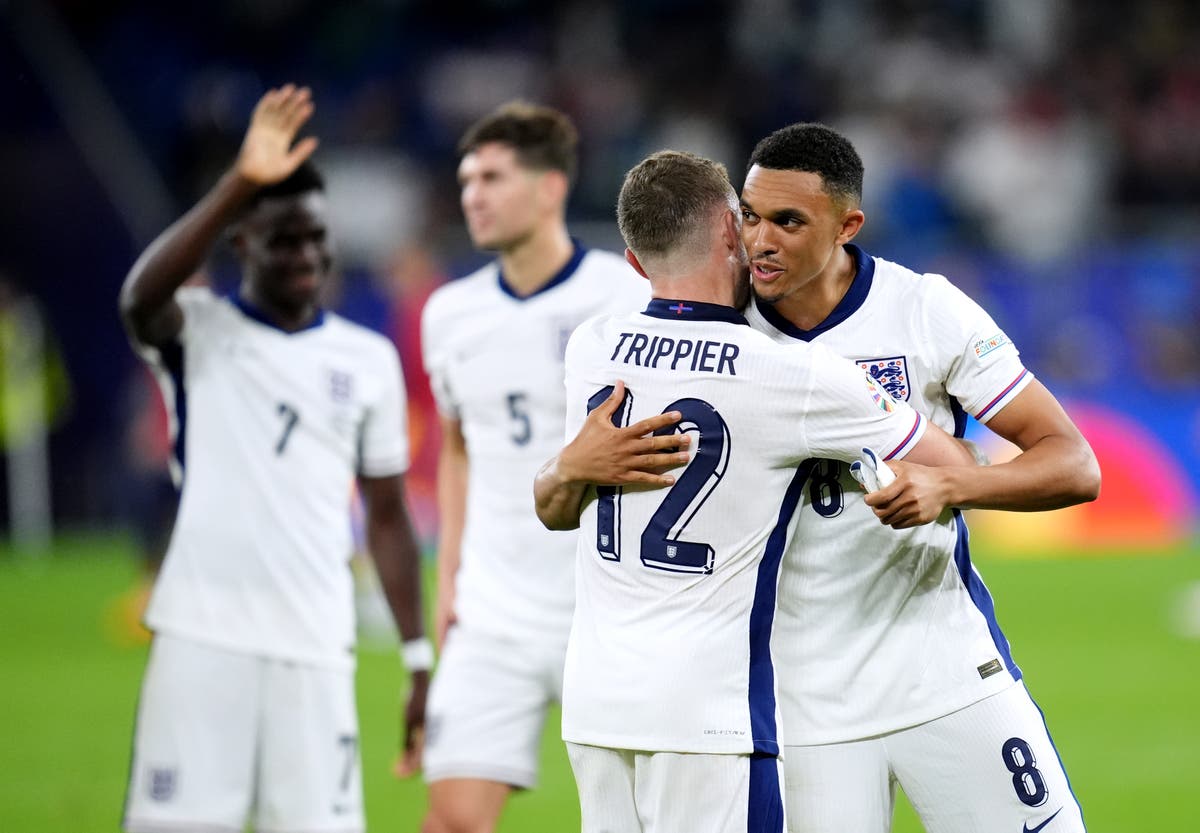This piece contains spoilers for Halo: Reach.
In the pantheon of platform exclusives, few loom so large as Halo. Since it was launched by Bungie in 2001, Microsoft’s first-person shooter series has spawned no less than 15 games, alongside endless volumes of novels, comics, art books and a TV adaptation. It’s also provided the world with one of the most iconic characters in science fiction: John-117, aka the Master Chief. To many people, the Chief is Halo. But what happens when you leave him out?
To put this another way: typically you’d expect that the first entry would be the best place to start when looking to dive into the series, and Halo: Combat Evolved remains a fantastic jumping off point. But I’d argue that it’s the sixth mainline game, and Bungie’s swansong, 2010’s Halo: Reach, that provides one of the most complete and rewarding gaming experiences in all of Halo – and all without the Master Chief himself.
I know this because Reach was my introduction to this particular universe. I would spend the days and nights with my best friend at university, trying to beat Legendary Rocketfight on Courtyard. The sound design of those rocket explosions and enemy screams are burned into my brain forever, and the whole thing ignited an alien bloodlust in me that lead to the purchase of my first Xbox console, as Halos 1 through 3. In the months and years that followed, I delved deeper and deeper into the Halo universe, and so over time Reach has become more than a treasured introduction to the series. In storytelling terms it feels like the pinnacle. I now see it as the most deft representation of hopelessness and dread in Halo, and an adventure that I return to time and time again.
Dread is the main thing that Reach has going for it, and dread is what means it’s still a vital gaming experience even today. Terror and despair seep from every pore of the game, like thick blue blood from a bullet-riddled Grunt. Reach is a brutal, uncompromising and surprisingly emotional ride. Gone is the plot armour of the legendary Master Chief, and without him the stakes have never been higher. That’s because, as a prequel, we all know what happened on Reach from the very start. Even the promotional materials for the game stated, “From The Beginning You Know The End”.
With that notable absence, you’re cast as a member of Noble Team, a squad of Spartans tasked with investigating distress beacons on the Earth-like planet, Reach. Initially it’s thought that there’s a rebel uprising underway. The true gravity of the situation soon becomes clear, though, as you and your squadmates discover a Covenant presence on the planet. While the lore of Halo is messy – and Reach in particular is a major point of contention amongst die-hard fans – there is no denying that an alien invasion spells trouble. You’re in for it.
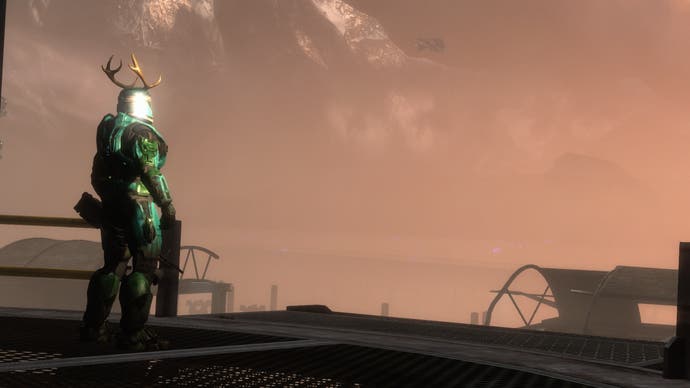

You really are. As you progress through the game, you take the battle to the advancing forces, tackling encampments and the sieges of key military locales, fighting alongside your squad and a smattering of fragile Marines. Reach is focused, but because of that invasion storyline it feels massive, too. One level has you evacuate civilians from a burning city, while another has you disabling an enemy tower; later you’ll fire gigantic cannons at a Covenant frigate, expel their presence from mining facilities or reclaim comms outposts. And while there are victories, the game cruelly rips them away from you time and again.
Take teammate Jorge’s death, for example. This is a Spartan who was born on Reach and always remained loyal to the planet, and he makes the ultimate sacrifice in manually detonating a slipspace “bomb” aboard a Covenant vessel. As he throws your character out into space and to safety, the ship is destroyed and it seems that the mission is a tragic success. But just seconds later, while I for one was still tearfully punching the air, a convoy of ships arrives to replace that which has been destroyed. It’s all been for nothing. For less than nothing. Strange emotions to build a game around, but it works, because Bungie is all-in on the fiction here.
Jorge is not the only seemingly-invincible Spartan to bite the dust during Reach’s campaign, and every death teems with a wicked sense of irony. Jorge was the Reach-born soldier who vowed to never leave the planet, only to die in space; Emile is a hand-to-hand combat expert who gets stabbed to death; tech expert Kat is the brains of the crew and – somewhat glibly – dies by a sudden headshot out of nowhere. Even Noble Six, who is introduced as a ‘Lone Wolf’ character, infamously dies as the last member of the pack in an epilogue level that only ends when you are overrun by an endless horde of Elites.
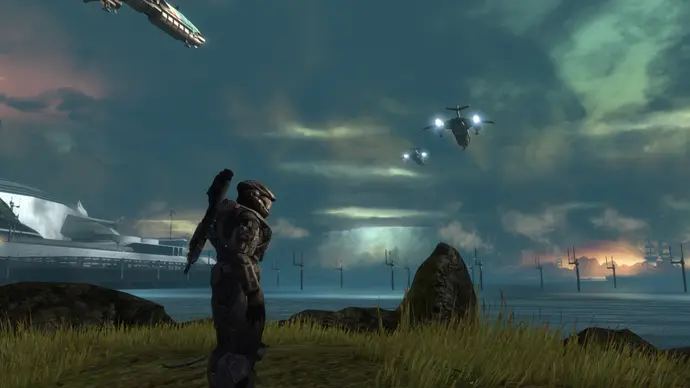
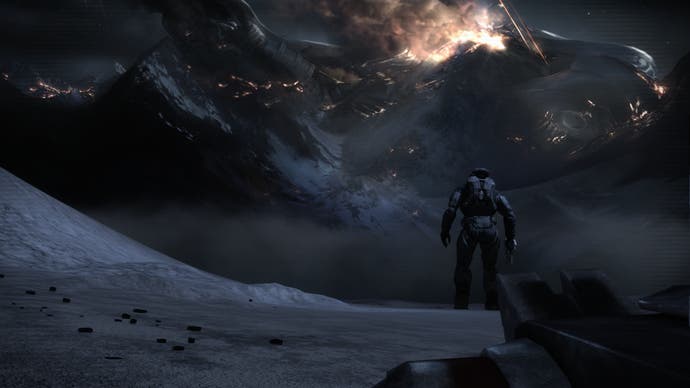
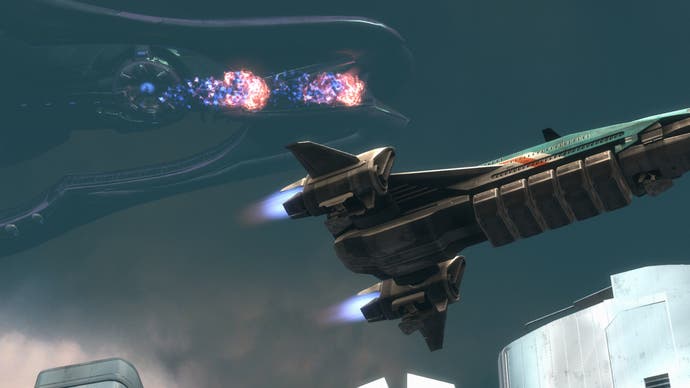
Alongside these personal moments, Reach gives us massive set-pieces where we get to see the effects of the invasion in real time. It still feels like a landmark game for this kind of thing. While we’ve traversed urban settings like Halo 2’s New Mombasa, the streets are deserted. But when Noble Team tries to expel the Brute invasion of New Alexandria, you do so amidst seas of civilian corpses. Or when you fly above the city to disable Comms jammers in a hospital, a penthouse and a nightclub (which houses a superb Easter egg of enemies dancing), you can see the constant “glassing” of the city happening in the background. As the game progresses, the greens and greys of the landscape give way to blood red and fire orange. The most “alive” game of the series gets killed off in real time.
If it seems strange to be talking about the fiction so much in a series known for its open-ended sandbox design and glorious gunplay, I suspect that’s the point. Reach makes Halo’s fiction feel real to me. It makes me care about characters and stick around to watch cut-scenes.
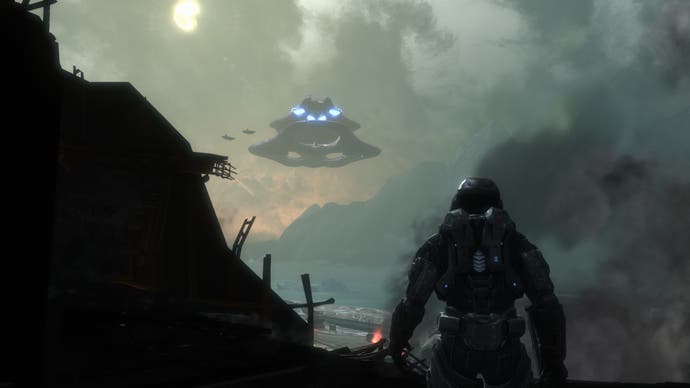
And it turned out to be a perfect send-off for Bungie, as the team detached themselves from the series to focus on Destiny. (In fact, several features of Reach are effectively prototypes for features of Destiny. I’m thinking of things like character customisation, ship and location design and especially armour abilities.) The reins were handed off to 343 Industries, a brand new studio that had a collaborative hand in Reach. And although that studio was custom-made for the development of Halo, its Reclaimer trilogy of games has sparked much ire from fans. Halo 4 was received fairly well, but the campaign of Halo 5: Guardians has been consigned to history by many in the Halo sphere, and 2021’s open-world entry Halo: Infinite was so broken and incomplete upon release that only recently has it started to become the game we hoped it would be. (For the record, it’s now very, very good.)
Meanwhile, Reach exists as this perfect, anguished moment at the centre of Halo. The hero’s missing, but perhaps that’s why this game is so good. It’s the last hurrah of the people who created this world, and it adds extra colour and impetus to the lore, to make the events of the main series that much more important. We all belong to Reach.

Laura Adams is a tech enthusiast residing in the UK. Her articles cover the latest technological innovations, from AI to consumer gadgets, providing readers with a glimpse into the future of technology.

